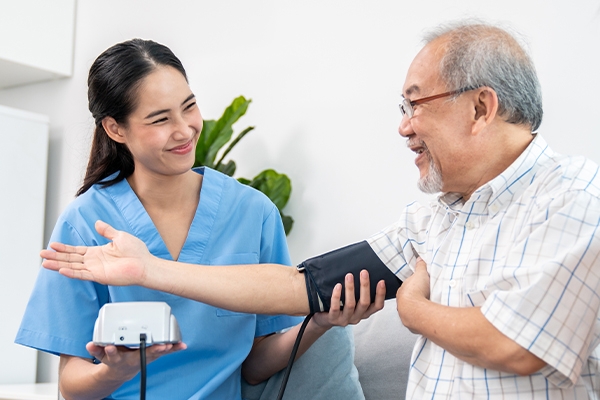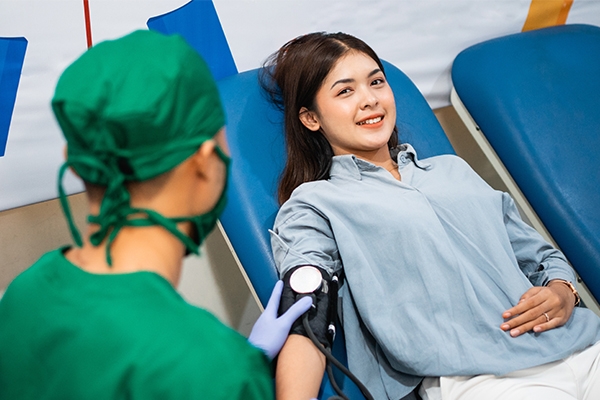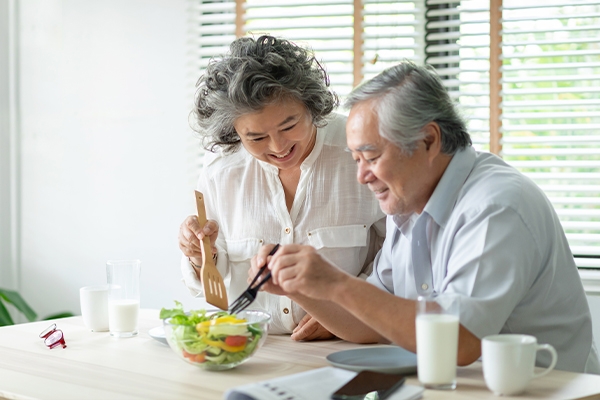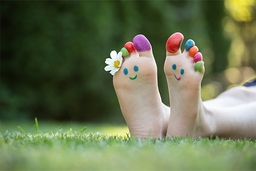Be Careful If Your Body Shows These Signs of Stroke

You can avoid a stroke by leading a healthy lifestyle and managing your health concerns. Remember, strokes can happen to anyone at any age.
A stroke is as dangerous as a heart attack. They are so risky. According to the WHO, stroke is the world's second-leading cause of death and third-leading cause of disability.
In 2021, the Health Research and Development Agency of Indonesia ranked stroke as the third leading cause of death.
For someone who has had a stroke, every minute matters. Rapid action—within three hours, at most—can lessen the chance of brain damage and maybe save lives.
The Indonesian Ministry of Health educates the public about stroke symptoms with the slogan “SeGeRa Ke RS” meaning "Go to the Hospital Immediately."
- Senyum tidak simetris atau mencong, tersedak, sulit menelan air. A crooked or asymmetrical smile, coughing, and difficulty swallowing water.
- Gerak seluruh anggota tubuh melemah tiba-tiba. Sudden weakening of the entire body.
- Bicara pelo atau tiba-tiba tidak dapat berbicara atau tidak mengerti pembicaraan. Slurred speech, unexpectedly unable to speak, or inability to understand conversation.
- Kebas atau baal pada separuh tubuh. Numbness in one half of the body.
- Rabun. Pandangan satu mata tiba-tiba kabur. Shortsightedness. One’s eye vision becomes blurry.
- Sakit kepala hebat tanpa penyebab yang jelas atau hilang keseimbangan. Severe headache with no obvious reason or loss of balance.
What is a stroke?
Hypertension is frequently associated with stroke. Indeed, because hypertension is the primary cause of stroke.
Hypertension impairs the hemodynamic system (blood flow in the body), leading to blood vessel thickening and hypertrophy (abnormal growth) of the heart muscle. If you smoke and eat food heavy in fat and salt, this condition will worsen.
A stroke happens when there is a shift in blood flow through the brain. As we know, the blood transports oxygen and nutrients to brain cells. Lack of oxygen and nutrients will damage the brain cells and eventually cause them to die. This is why stroke sufferers have trouble thinking, walking, or talking.
Strokes are classified into two types: ischemic stroke and hemorrhagic stroke. Ischemic strokes account for 87% of all stroke cases. Blood clots form in the arteries, reducing blood flow to the brain.
Ischemic strokes are caused by blood clots in the blood vessels (thrombosis) of the brain or neck, blood clots that travel from other regions of the body, such as the heart, to the neck or brain (embolism), and blood vessels of the brain that narrow due to fat deposits lining the walls of the arteries (stenosis).
A hemorrhagic stroke occurs when blood arteries rupture and blood spills into or around the brain. It deprives brain cells of oxygen and nutrients, exposes brain tissue to toxins, and causes brain cells to die.
In addition to the two types of strokes mentioned above, there is another that lasts only a few minutes or hours and is known as a warning stroke.
Sudden weakness, headache, inability to walk, vision problems or confusion are all indicators warning that an ischemic or hemorrhagic stroke is imminent. Despite the possibility of rehabilitation, some stroke victims may have physical disability and even death.
Brain function is lost when brain cells die. Stroke patients may be unable to do tasks that need a portion of the brain, such as moving, talking, eating, thinking and remembering, managing the bladder, controlling emotions, and controlling other critical functions.
Reducing the risk of stroke
Age and family history are risk factors that cannot be avoided. However, there are actions that can be taken to reduce the risk of stroke.
1. Blood pressure control
Because hypertension can be asymptomatic, you should check your blood pressure on a regular basis.

If your blood pressure is 140/90 mmHg, your doctor will prescribe blood pressure medicine as well as lifestyle adjustments such as a low-salt diet (limit 1.5 grams per day).
2. Cholesterol management

High cholesterol levels (200–239 mg/dL) cause plaque development in the arteries, obstructing blood flow and potentially leading to stroke. So please manage your cholesterol.
3. Diabetes management

Diabetes, if left untreated, can cause blood vessel damage and narrowing of the arteries. Keep your blood sugar stable.
4. Maintain a healthy body weight

Being overweight or obese raises the risk of a stroke. Try to limit your daily caloric intake to 1,500–2,000 calories.
5. Eat healthy food and exercise on a regular basis
Risk of stroke is reduced by eating healthy meals and snacks. Consume low-cholesterol and saturated-fat food. Include fruits and vegetables. Limiting your salt intake can also help lower your blood pressure.

Make physical activity a habit. Exercising for at least 30 minutes per day helps to maintain body weight while also lowering cholesterol and blood pressure.
What happens during a stroke?
Depending on what portion of the brain is damaged, a stroke can cause a variety of health concerns. A stroke usually causes paralysis on one side of the body as well as difficulty speaking or swallowing.
Stroke recovery begins in the hospital and is followed by home care. Among the various types of therapy used are:
- Physical therapy attempts to reestablish physical paralysis. Stroke patients will relearn simple tasks such as walking, sitting, standing, or lying down throughout this therapy.
- Occupational therapy aids in the acquisition of daily skills such as eating, drinking, swallowing, washing and dressing, reading, and writing.
- Speech therapy assists patients in learning language and improving their speaking abilities.
To avoid a stroke, people with hypertension and diabetes must always keep their blood pressure and sugar levels under good control.



